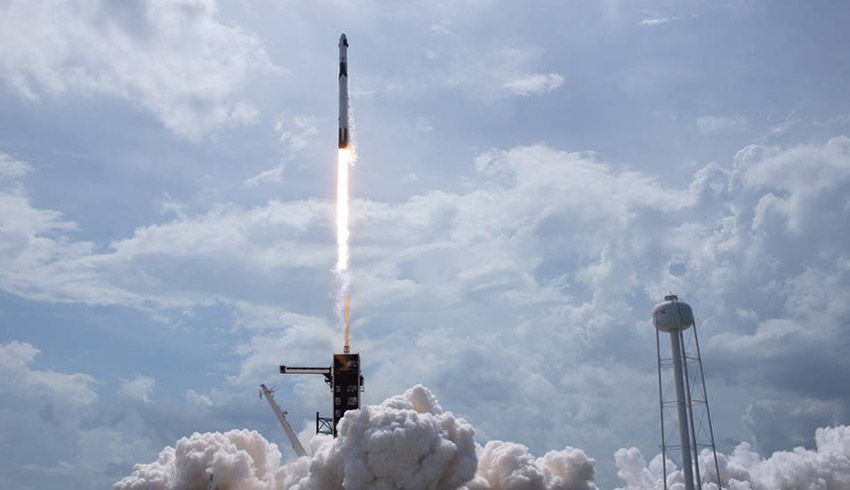Falcon 9’s first stage previously supported the Telstar 18 VANTAGE mission in September 2018, the Iridium-8 mission in January 2019, and two separate Starlink missions in May 2019 and in January 2020.
Following stage separation, SpaceX landed Falcon 9’s first stage on the 'Just Read the Instructions' droneship, which was stationed in the Atlantic Ocean.
On this mission, SpaceX launched the first Starlink satellite with a deployable visor to block sunlight from hitting the brightest spots of the spacecraft.
SpaceX is leveraging its experience in building rockets and spacecraft to deploy the world's most advanced broadband internet system.
With performance that far surpasses that of traditional satellite internet and a global network unbounded by ground infrastructure limitations, Starlink will deliver high speed broadband internet to locations where access has been unreliable, expensive or completely unavailable.
Each Starlink satellite weighs approximately 260 kilograms and features a compact, flat-panel design that minimises volume, allowing for a dense launch stack to take full advantage of Falcon 9’s launch capabilities.
With four powerful phased array and two parabolic antennas on each satellite, an enormous amount of throughput can be placed and redirected in a short time, for an order of magnitude lower cost than traditional satellite-based internet.
Starlink satellites are on the leading edge of on-orbit debris mitigation, meeting or exceeding all regulatory and industry standards.
At end of their life cycle, the satellites will utilise their on-board propulsion system to de-orbit over the course of a few months.
In the unlikely event their propulsion system becomes inoperable, the satellites will burn up in Earth’s atmosphere within one to five years, significantly less than the hundreds or thousands of years required at higher altitudes.
Further, Starlink components are designed for full demisability.
Starlink is the name of a satellite network that the private spaceflight company SpaceX is developing to provide low-cost internet to remote locations.
While SpaceX eventually hopes to have as many as 12,000 satellites in this so-called mega-constellation, the size and scale of the project has flustered astronomers and amateur skywatchers, who fear that the bright, orbiting objects will interfere with observations of the universe.

